Slack is not where 'deep work' happens
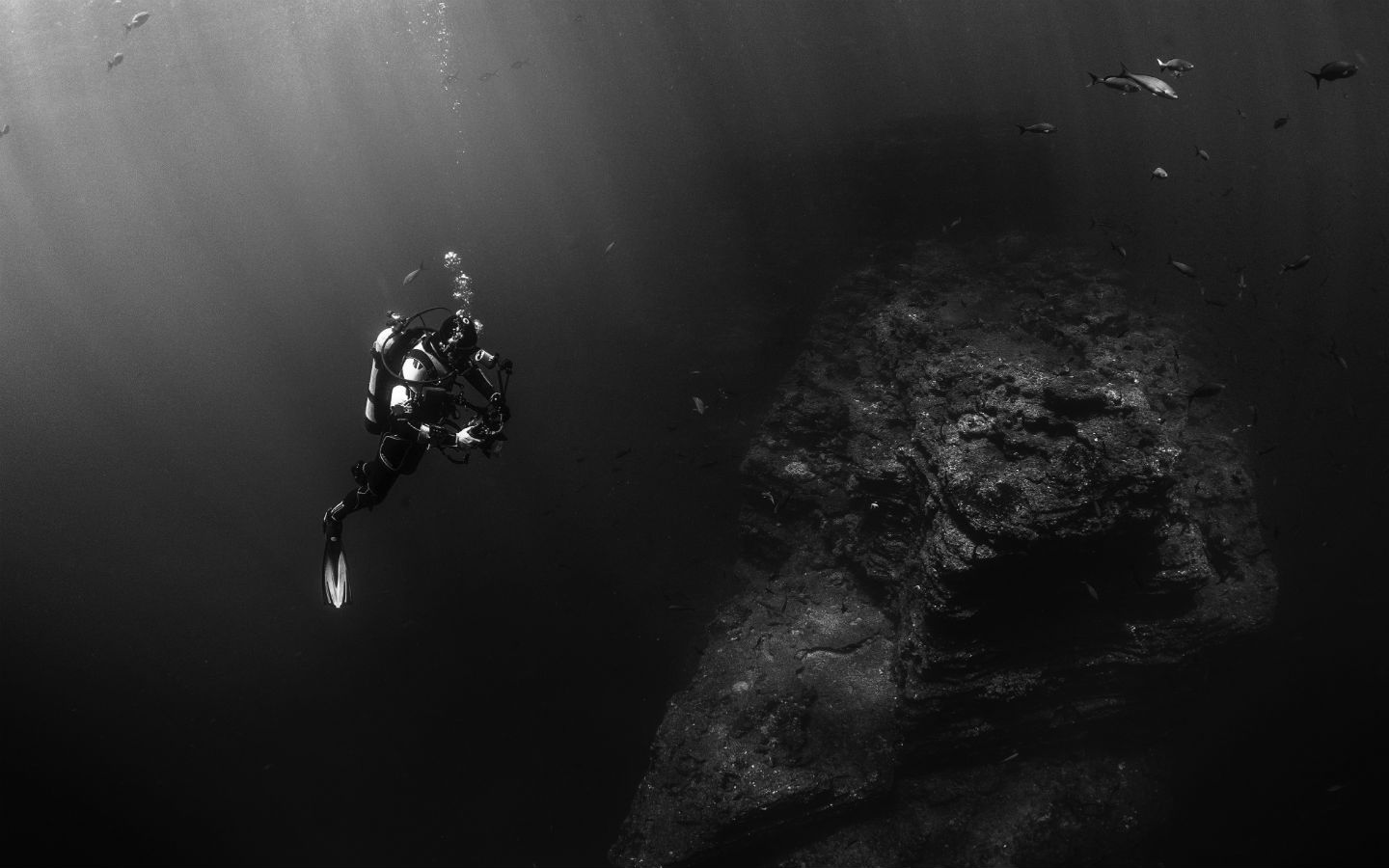
How did you start your day today?
Probably reached for the phone. Turned off the alarm. Glanced at the time. Scrolled through the Slack notifications. Went through the emails. You will likely continue doing it throughout the day, approximately 2,617 more times, according to some studies.
We all do it, and despite all the virtues of digital minimalism, completely giving up those habits is extreme and, arguably, unnecessary. Yet we live in a culture obsessed with productivity and these harmless distractions are wreaking havoc on it.
...Hmm? Did you say something?
We now officially have a shorter attention span than a goldfish.
A study commissioned by Microsoft found that since the year 2000 – or about when the mobile revolution began – the average human attention span dropped from 12 to 8 seconds, which places us just below a goldfish, which tends to stay focused for an entire 9 seconds at a time.
Humbling – but not that surprising.
When your brain is hooked on distraction, it’s constantly seeking the next hit of cheap stimulation from email or chat, playing an endless game of whack-a-mole with unread notifications. The proliferation of open-plan offices is not helping matters either.
We have reached a point where we have to relearn how to concentrate.

Fractured attention = shallow work
So how do we manage to get any work done at all?
Many tasks we perform don’t require full concentration – answering emails, attending meetings, chatting on Slack – they fall under what Cal Newport calls shallow work.
In his bestselling workplace productivity book Deep Work, Newport argues that deep work, on the other hand, – the kind of work that draws upon all your mental reserves and requires singular focus – is both increasingly important and increasingly rare.
Shallow Work: Non-cognitively demanding, logistical-style tasks, often performed while distracted. These efforts tend to not create much new value in the world and are easy to replicate.
Deep Work: Professional activities performed in a state of distraction-free concentration that push your cognitive capabilities to their limit. These efforts create new value, improve your skill, and are hard to replicate.
— Cal Newport
The steady flow of distractions is irreparably fracturing our attention and limiting our capacity to go deep. Instead of focusing on solving a single challenging and high-impact problem, we tend to go back and forth between surface-level work and substitute busyness for real productivity.
It creates the impression of being continually – and visibly – engaged in an activity, which leads us to the false conclusion that as long as we keep ourselves busy, we’re being productive.
Being distracted then becomes our equilibrium state that we seek and welcome. It’s better to act busy than appear unproductive while trying to perform deep work.
Of makers and managers
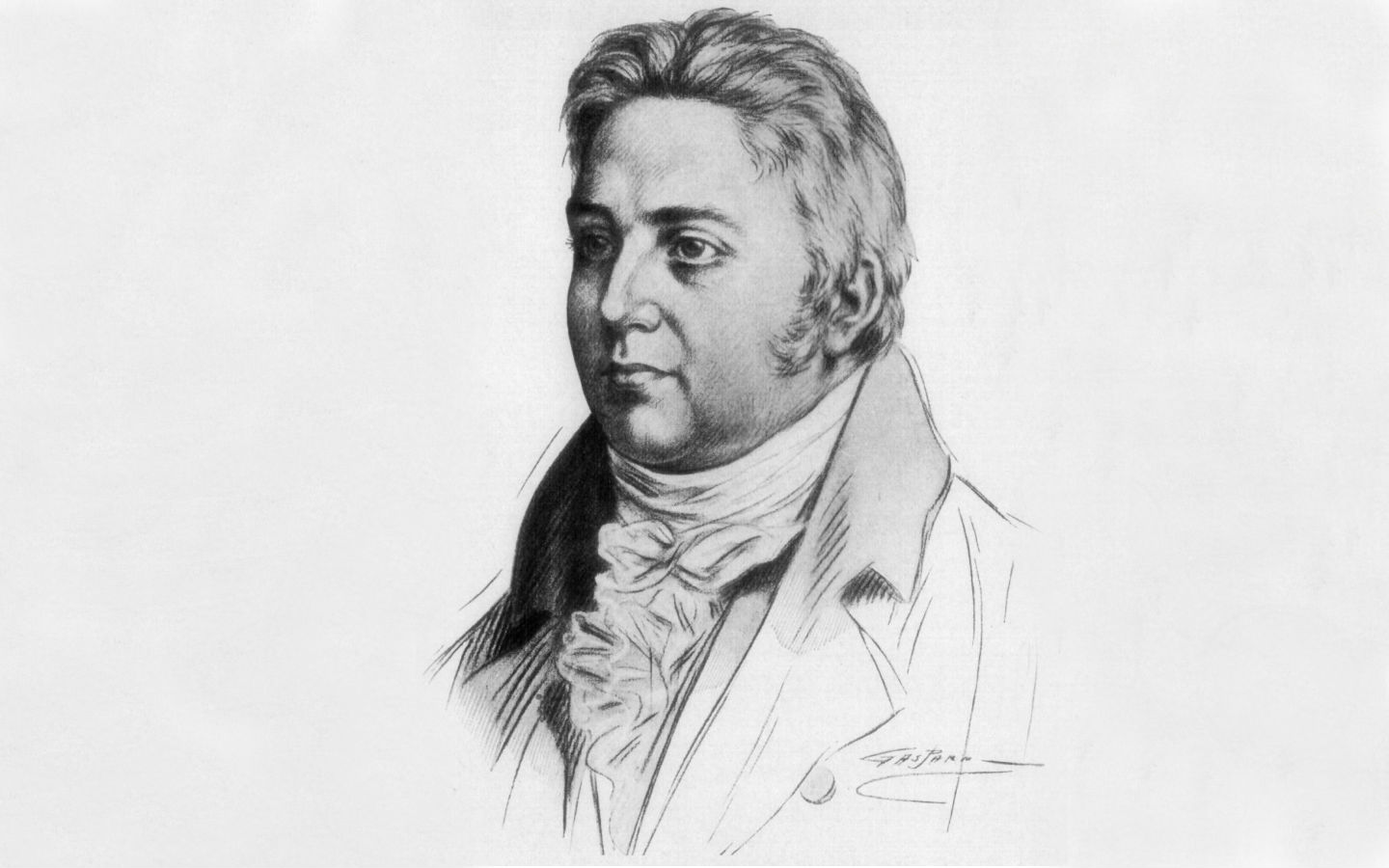
On one morning in 1797, the English poet Samuel Taylor Coleridge was composing his famous poem Kubla Khan, which came to him in an opium-induced dream the night before. Upon waking, he set about writing until he was interrupted by an unknown person from Porlock. The interruption caused him to forget the rest of the lines, and Kubla Khan, only 54 lines long, was never completed.
While the validity of this anecdote has been questioned, it does, nonetheless, illustrate how a maker's schedule differs from that of a manager.
In the manager's schedule, each day is cut into 30-minute or one-hour intervals. The maker’s day is different. He needs time to create, to build – but, before that, he needs to think. A productive day for the maker is made up of deep work.
And when you're operating on the maker's schedule, distractions are a disaster.
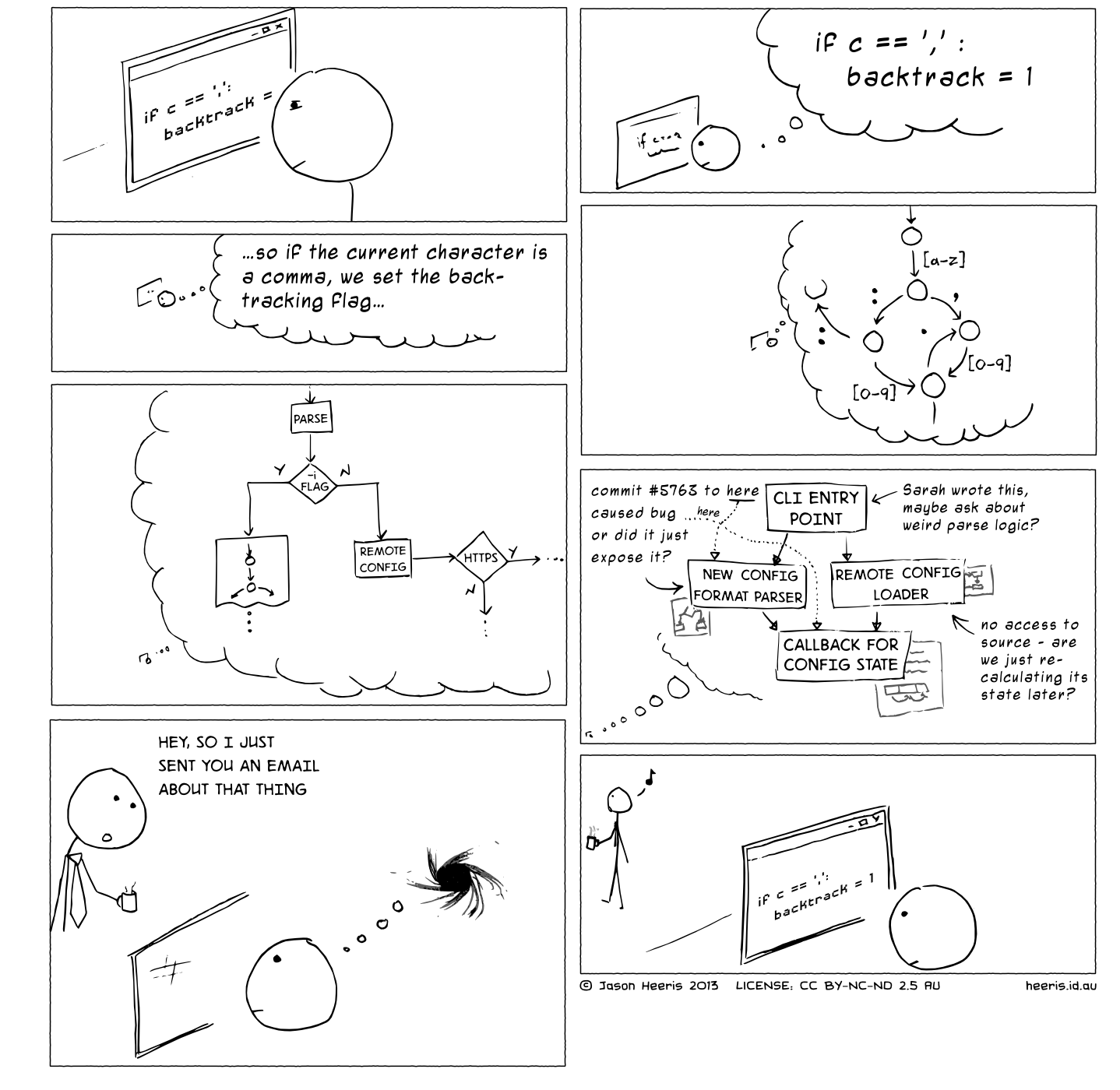
Slack is where (shallow) work happens
“Group chat is like being in an all-day meeting with random participants and no agenda.”
— Jason Fried, Co-Founder & CEO at Basecamp
For a maker, a single 30-minute-long meeting can blow the whole afternoon. As people began to wake up to the productive disadvantages of meetings, a trendier alternative in the form of instant messaging tools like Slack has taken their place.
But it is arguably even worse.
At least meetings consume a bounded amount of time. Chat, on the other hand, maintains a constant presence throughout your workday. The brightly colored pop-up notifications accompanied by a pleasant little sound effect elicits an almost Pavlovian response, leaving us in a constant state of partial focus and robbing us of uninterrupted stretches of time to concentrate on the work we’re supposed to be doing.
And you don't even feel annoyed – on the contrary, Slack makes distractions fun!
And that's the problem with today’s collaboration tools – they are amplifying the problematic aspects of our nature.
We are impatient and addicted to push notifications.
We have a fear of missing out.
We care about our team’s perceptions and don’t want to look like we’re slacking off.
Is Slack at fault here? It’s common in the software industry to blame the users.
“You're using it wrong.”
But the truth is, most of us can’t be trusted with tools that are packed with so many traps for our distraction-addicted brains. Every tool is a combination of design decisions and in the end, most people simply follow the patterns suggested by the design.
Diving into 'deep work'
So is it possible to find a balance between connectedness and focused productivity?
Newport defines four main strategies to produce deep, meaningful work:
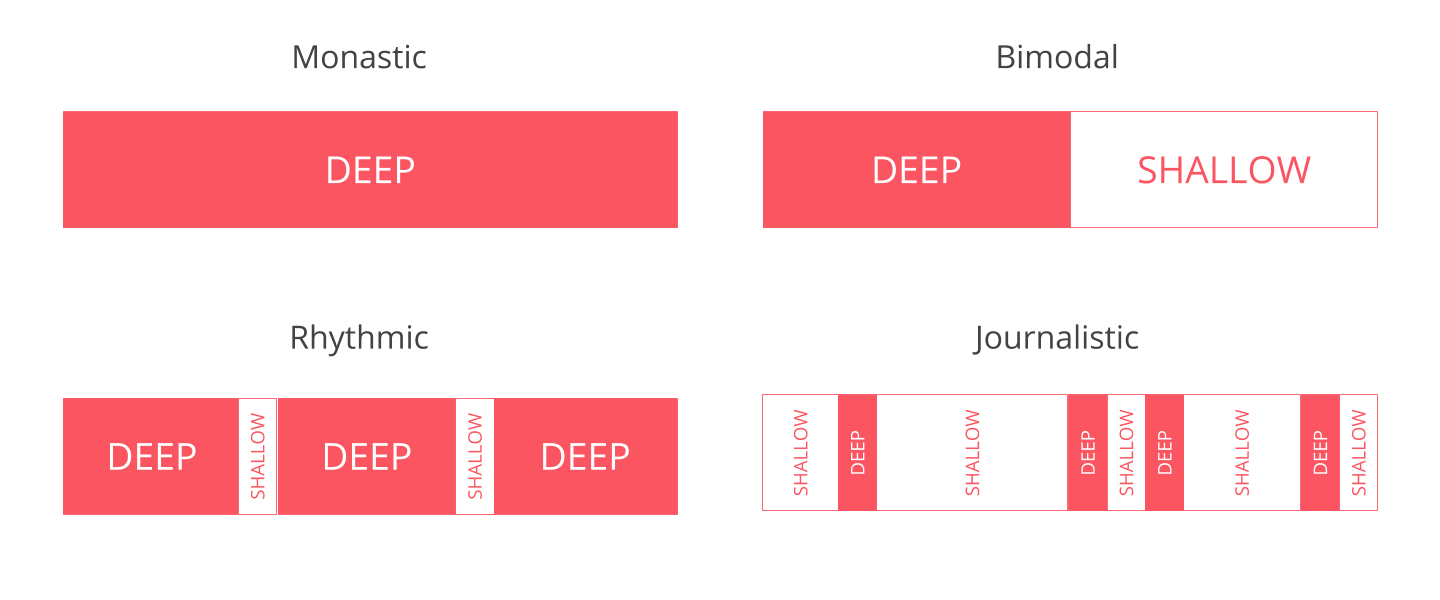
Monastic: Become a hermit and live a life of prolonged and near-total seclusion.
Bimodal: Divide your time between extreme isolation and shallow work stretches.
Rhythmic: Make daily deep work sessions a habit.
Journalistic: Fit deep work into your schedule whenever there's a gap.
The problem with all of these solutions is that they help with individual productivity – say, if you are writing a book, you could try the monastic approach, ditching the city for a gig as a caretaker at an isolated hotel to fully immerse yourself into deep work and get your creative juices flowing.
But it's not as practical in a team setting.
Unless everyone’s deep work schedule is synchronized, the team as a whole is left with no time for real-time collaboration. It may work with very small teams that are extremely cohesive, but it becomes increasingly infeasible as the team gets larger.
Our own team at Nuclino is not immune to digital distractions, and – especially since we are building a real-time team collaboration tool ourselves – finding a solution has been an ongoing challenge. Over the years, we have experimented with different ways of managing our time and attention and have identified a few deep work policies that have worked well for us.
1. Asynchronous communication by default
We have come to the conclusion that Basecamp's “real-time sometimes, asynchronous most of the time” rule of thumb is the best way to maximize our overall team productivity.
All of our team's work (including the writing of this article) happens in Nuclino, and even though it's a real-time collaboration tool, most of it happens asynchronously. Without the expectations of an immediate response, our team is free to focus on our work, reconnecting later to respond.
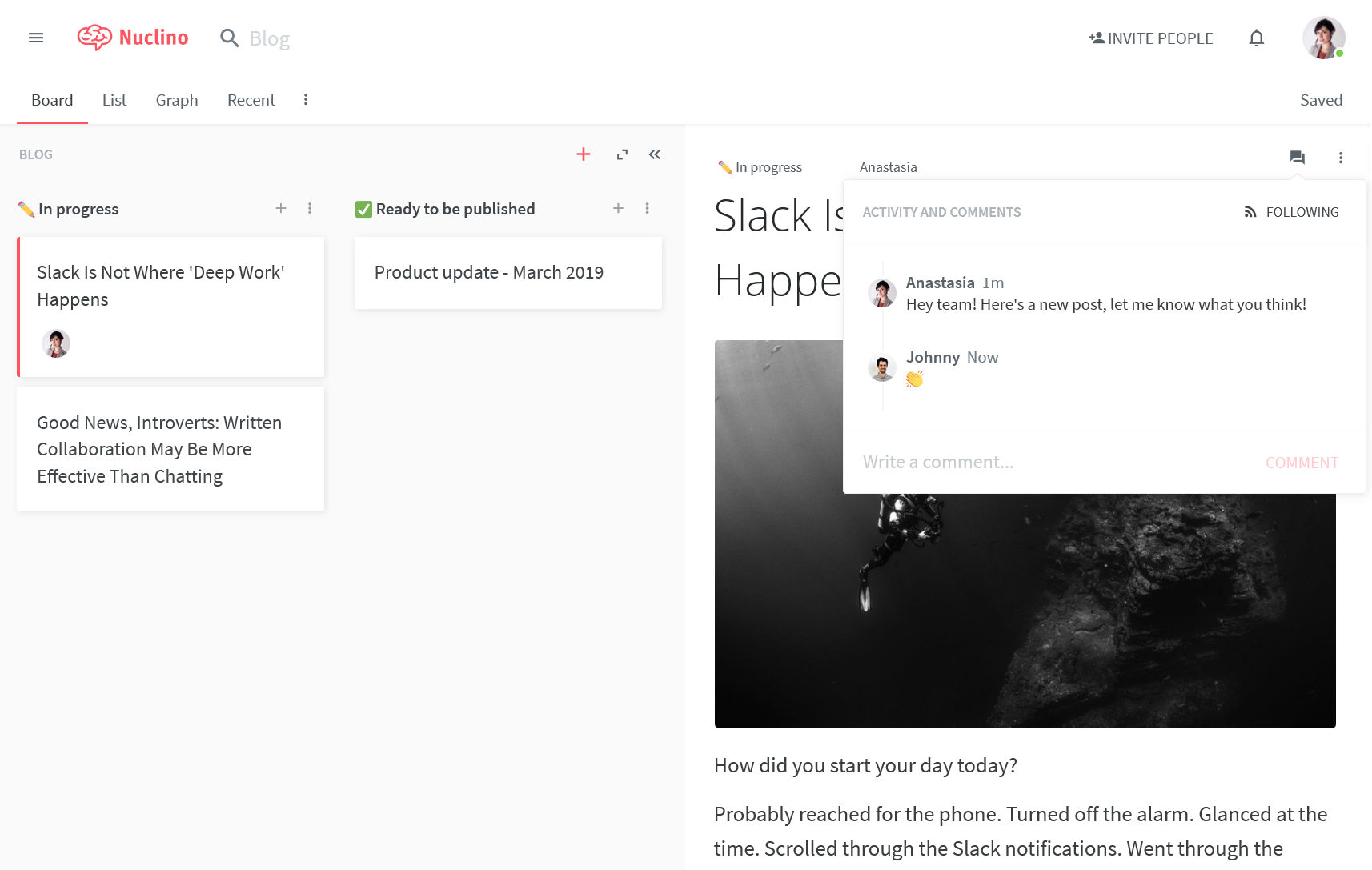
It is often assumed that constant communication is most effective, but our experience and multiple studies suggest that bursts of rapid communication, followed by longer periods of silence, lead to better results. We still have a Slack account, and it's reserved for emergencies, not-work-related discussions, and lunch plans.
2. Prioritizing, committing, and completing tasks
One of the things that make focusing so difficult is that the impact of work is often so hard to define and measure. When everything seems important and urgent, it’s difficult to prioritize, and responding to 20 emails starts to feel more productive than thinking about strategies to move that project forward.
Instead, it's better to identify the one thing that we believe will have the biggest impact and commit to it, not allowing ourselves to get sidetracked by shallower work till it's complete.
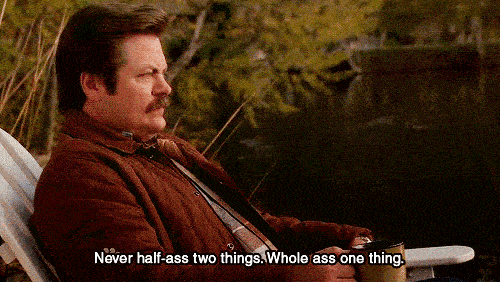
3. Long uninterrupted stretches to get work done
To do deep work, we require the time and space to get into the zone. Short chunks of time – 10 minutes here, 30 minutes there – aren’t going to do it. People need hours of uninterrupted, private time.
And sometimes the office may not be the best place for it. Even though our team is small enough to be able to work productively in one room without distracting each other, we make it a habit to work remotely part of the week.
4. Meetings as a last resort
Having survived many meetings that should have been an email (or, in our case, a Nuclino item), we have committed to using meetings as a last resort. And the few meetings we have, we try to make count – to avoid thinking on the spot and then allowing the discussion to go in circles, we make it a habit to write up our thoughts first.
When people have time to clearly and concisely lay out their ideas, read and absorb the content, and incubate their responses there is no need to waste time getting everyone on the same page and you can proceed to an informed discussion.
And sometimes, you may realize that the meeting is no longer needed at all – and whether you're a maker or a manager, you are likely to always have better things to do.